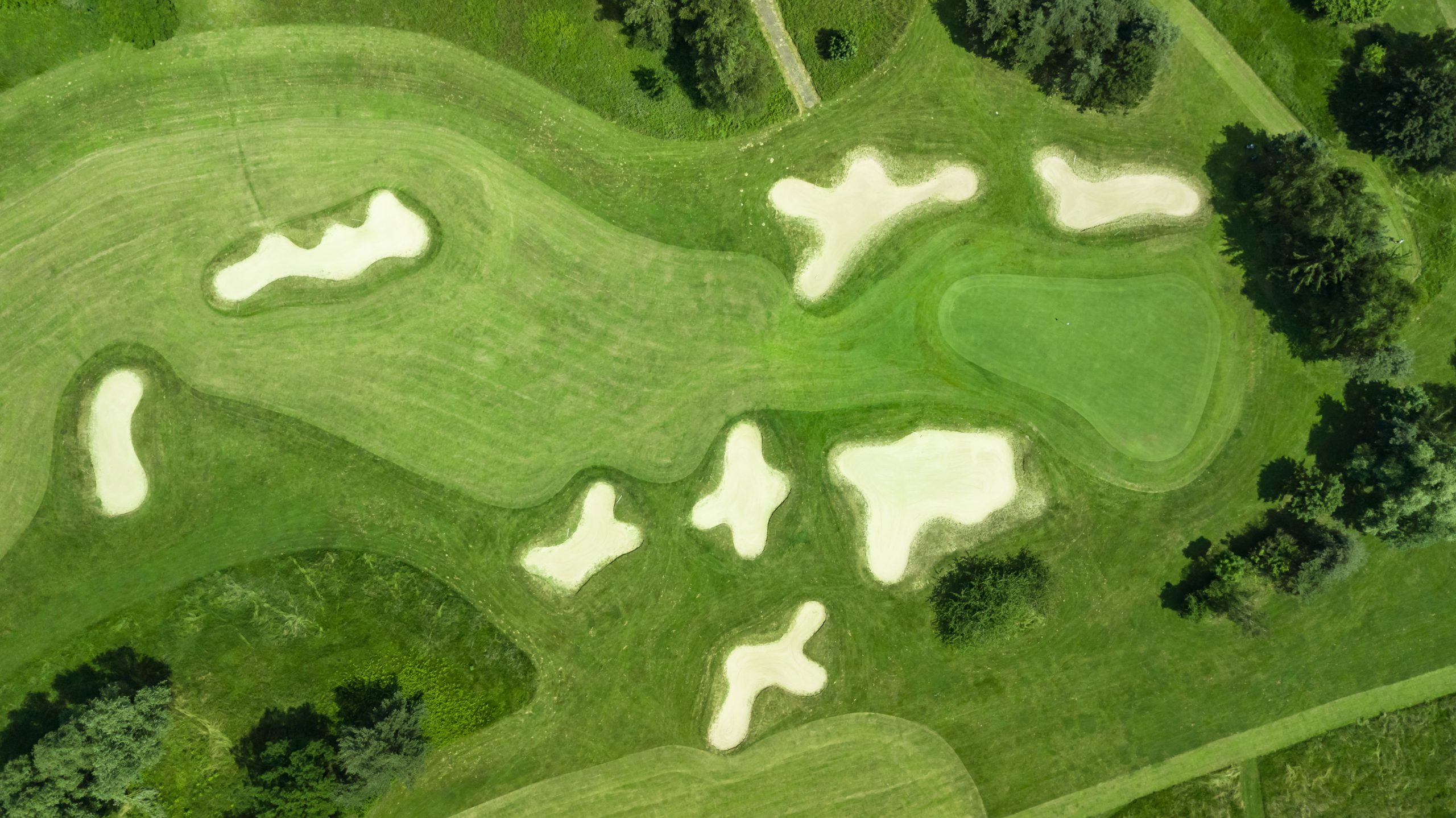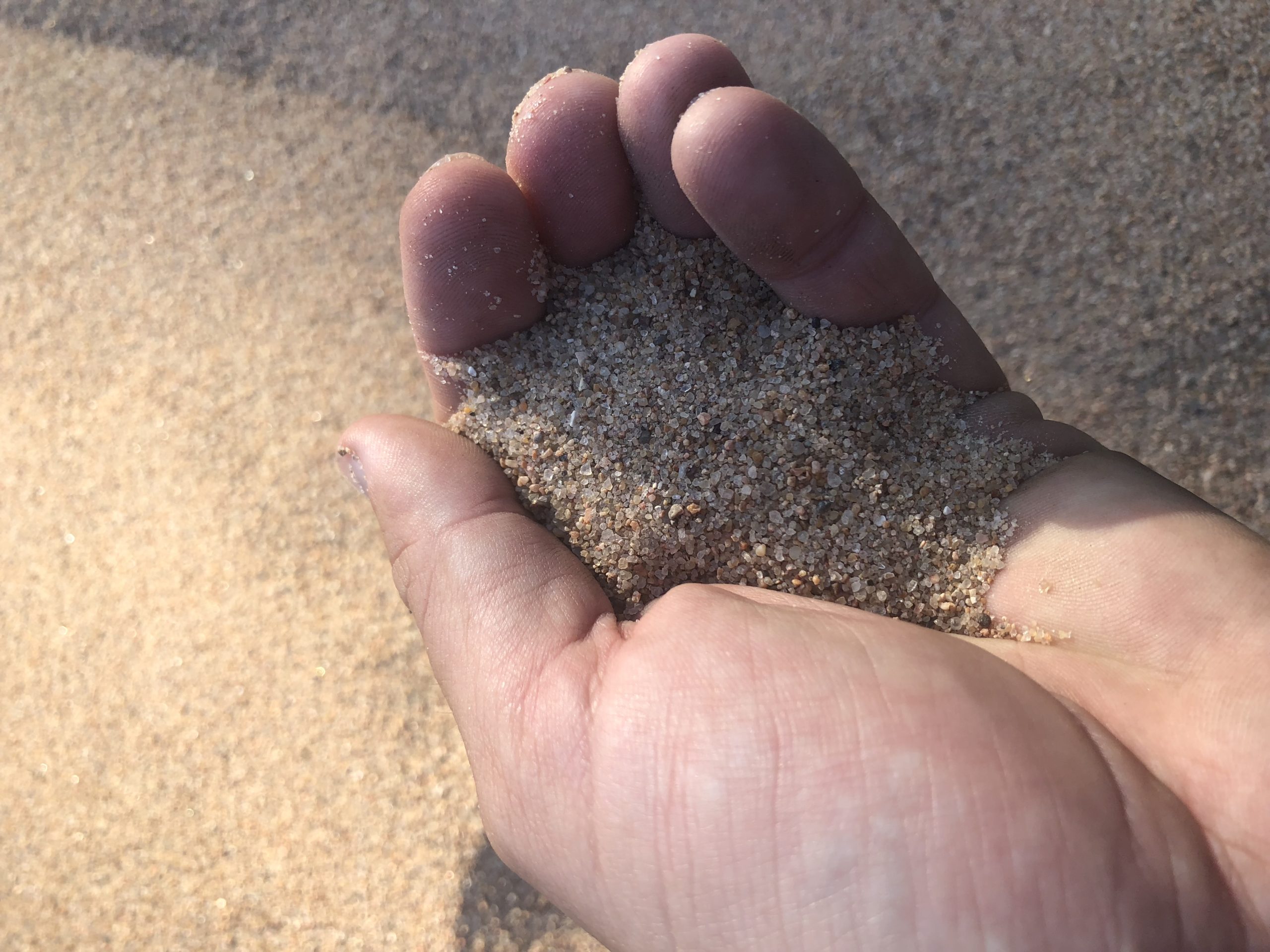Pre-emergent herbicides work by forming an impenetrable barrier in the soil during seasons of high weed pressure, which occur when the turf is transitioning into or out of dormancy.
All pre-emergent herbicides are classified by their mode of action (MOA), which refers to the location within the plant where the active ingredient (AI) interferes with weed development. Pre-emergent herbicide active ingredients may have different modes of action or manners in which they work. Most of the active ingredients have a mode of action as a mitosis inhibitor. These AI’s inhibit cell division, resulting in seedlings that are stunted, deformed, and unable to emerge as healthy plants.
What are the benefits of using pre-emergent herbicides?
- Pre-emergent herbicides help to protect your turf stand going into and out of dormancy when the turf is less able to compete with weeds (spring and fall).
- Pre-emergent herbicides are typically the most effective chemical options for controlling historically difficult-to-control weeds like crabgrass, sedges, annual bluegrass, Virginia buttonweed, and annual blue-eyed grass (to name a few).
- Typically, with an effective pre-emergent herbicide program, the number of post-emergent herbicide product applications is reduced to maintain a healthy turf stand.
- When used as directed by the label, many pre-emergent products are safer to use in turf and landscape areas than most post-emergent products.
What are factors to consider before choosing and applying a pre-emergent product?
- Pre-emergent herbicides can injure new sod or sprigs if the wrong product is chosen and applied too close to planting or too soon after planting. Follow label recommendations and rates. When in doubt, consult with your local agriculture extension agent, manufacturer territory representative (for the product), or your sales representative.
- The performance of pre-emergent herbicides can vary greatly based on application timing and environmental conditions (precipitation, soil temperature, soil structure, irrigation, water quality, etc.).
- Properly timed and applied spray applications of pre-emergent herbicides tend to perform better than herbicide-impregnated granular products (with or without fertility added). If cost or lack of a sprayer is an issue, a granular pre-emergent application is completely satisfactory and better than not doing anything at all.
- Applying granular pre-emergent herbicides/fertility should be avoided if the turf isn’t actively growing, as it wastes plant nutrients.
When do I apply pre-emergent herbicides?
For the most success, it is best to make two main applications of products using different AI’s and MOA’s during the season. These applications can be made during the spring and late summer/fall seasons. The spring application targets summer annual weeds, and the late summer/fall application targets the winter annual weeds. Pre-emergent herbicides are most effective when applied based on soil temperature. Soil temperature plays a critical role in weed seed germination. Spring applications should take place when soil temperatures have reached 55°F for several days consecutively. Fall applications should be made when the soil temperatures have decreased to around 70°F for several days consecutively. Applications in the South can vary by several weeks from one year to the next due to overall yearly climactic factors based on your region.
Soil Temperature Monitoring
You can monitor soil temperature yourself with a soil thermometer or even a digital meat thermometer. Measure the temperature in the top one inch of soil, where most weed seeds will be concentrated. Some seeds will be close to the surface or lying on the surface, and these seeds will germinate earlier than those deeper down. Your local agricultural extension service can help you as well. They tend to monitor soil temperature at a variety of depths in many areas in your state. Your local extension agent can recommend the best sources of soil temperature data for your area.
Common Pre-Emergent Herbicides
| Active Ingredient | Trade Name | Target Weeds |
| Indaziflam | Specticle | Grassy weeds/Broadleaf weeds |
| Dithiopyr | Dimension | Grassy weeds/some Broadleaf weeds |
| Oxadiazon | Ronstar | Grassy weeds/Broadleaf weeds |
| Pendimethalin | Pendulum | Grassy weeds/Broadleaf weeds |
| Dimethenamid/Pendimethalin | Freehand | Grassy weeds/Broadleaf weeds |
| Isoxaben/Dithiopyr | Crew | Grassy weeds/Broadleaf weeds |
| Prodiamine | Kade | Grassy weeds/Broadleaf weeds |
| Izoxaben | Gallery | Grassy weeds/Broadleaf weeds |
Product Recommendations
For fall pre-emergent herbicide applications here in Texas, I tend to favor Specticle due to our varying climate and soils. The split applications (two or three) on the label tend to be more successful in controlling our most troublesome weed: annual bluegrass. However, it’s a good idea to rotate yearly with Kade or Pendulum to prevent resistance. This may or may not work depending on your seed bank and resistance to the older chemistries.
For spring pre-emergent herbicide applications, I tend to favor Pendulum and Ronstar. I like to rotate them every season to prevent resistance issues. When using these products, I rotate them and don’t use the same one consecutively in the same year. In the early summer, I like to get an application of Dimension out there as well, especially if crabgrass is an issue.
The most common weeds targeted with pre-emergent herbicides in the South are annual bluegrass, crabgrass, and goosegrass. There are a lot of broadleaf weeds also covered by the same products, but these vary much more by region and by state. If you can name the broadleaf weeds you have issues with, it is good to make sure that the products you choose are covering them in addition to your grassy weeds.
Best Management Practices
- Check out your local (or preferred) university turf program for assistance with weed identification and possible field research trials.
- Always follow the label—the label is the law. Read and consider all parts of the label, including the recommended PPE, rates, timing, and irrigation requirements. If you have questions, ask the manufacturer’s territory rep or your ATS sales representative.
- Combine your pre-emergent application with a soil surfactant (penetrant). This allows you to efficiently irrigate the application to the desired depth in the soil profile. It is also beneficial to time your application around your irrigation schedule and the weather forecast to maximize the efficacy of your application.
- If you have slopes that can drain back (sheet flow water from heavy rain) to your greens, consider using a granular product like Freehand or Crew in those areas (from the collar out) until you reach the crest of the slope. Use marking paint or irrigation flags to mark your tie-ins for sprayed applications.
- If you do your pre-emergent applications in house with your crew and sprayer, consider using letter-size copies of course maps (or hole maps) and markers to color in areas as they are completed. Especially if there are multiple sprayers going at one time. Have them do only odds or evens, or front nine and back nine, delegate the splitting of practice facilities or use one sprayer. Communicate areas that have been completed or need completing, follow up or personally observe the process. I’ve seen some incidents of sickly, severely injured, or dead turf because of lack of communication; or not using a simple aid (like a colored-in map) leading to an area being sprayed twice at the high label rate.











